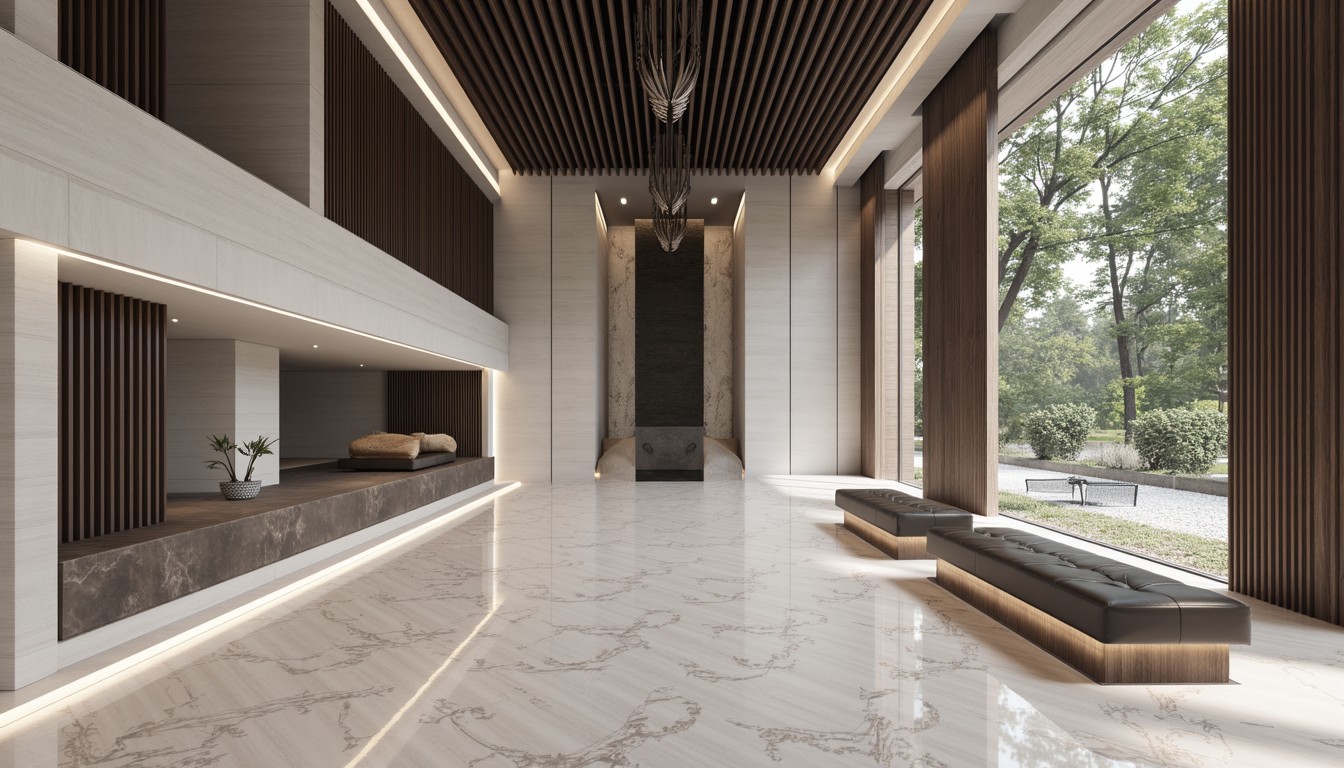3D Printing in Construction: Building the Future
The construction industry, often slow to adopt new technologies, is undergoing a significant transformation thanks to the rapid advancement of 3D printing. No longer a futuristic fantasy, additive manufacturing, or 3D concrete printing, is rapidly becoming a viable and increasingly popular method for constructing buildings and infrastructure. This innovative approach promises to revolutionize the way we design, build, and inhabit our spaces.
The Rise of 3D Printing in Construction

While the concept of 3D printing buildings might seem recent, its roots trace back several decades. Early experiments focused on smaller-scale projects, but advancements in materials science, robotics, and software have propelled the technology forward, allowing for the creation of increasingly complex and larger structures. From printing individual components to constructing entire homes, the possibilities are expanding exponentially.
Types of 3D Printing Technologies in Construction
Several 3D printing techniques are being utilized in the construction sector, each with its own strengths and limitations:
- Extrusion-based 3D printing: This method uses a nozzle to deposit a continuous stream of material, layer by layer, to build the structure. Common materials include concrete, mortar, and specialized polymers.
- Binder jetting: This technique uses a binding agent to selectively join particles of material, such as sand or cement, to create the desired shape.
- Vat polymerization: This method uses a UV light source to cure liquid resin in a vat, creating highly detailed and precise components.
Benefits of 3D Printed Construction
The adoption of 3D printing in construction offers a multitude of advantages, including:
- Increased Speed and Efficiency: 3D printing can significantly reduce construction time, as layers are deposited rapidly and automatically. This translates to faster project completion and reduced labor costs.
- Reduced Material Waste: Additive manufacturing uses only the necessary material, minimizing waste compared to traditional construction methods. This contributes to greater sustainability and cost savings.
- Enhanced Design Flexibility: 3D printing allows for the creation of intricate and complex designs that would be impossible or prohibitively expensive to achieve with conventional techniques. This opens up new possibilities for architectural innovation.
- Improved Sustainability: The reduced material waste and potential use of recycled materials make 3D printing a more environmentally friendly construction method. This aligns with the growing demand for sustainable building practices.
- Cost Savings (in specific cases): While initial investment can be high, 3D printing can lead to significant cost savings in the long run, particularly for repetitive construction projects or those in remote locations.
Real-World Applications of 3D Printing in Construction

3D printing is no longer a theoretical concept; it's being used to build real structures around the world. Examples include:
- Residential homes: Entire houses have been successfully 3D printed, demonstrating the technology's potential for mass housing solutions.
- Infrastructure projects: Bridges, retaining walls, and other infrastructure elements are being 3D printed, showcasing the technology's scalability and adaptability.
- Architectural prototypes and models: Architects are utilizing 3D printing to create detailed models and prototypes, facilitating design exploration and client presentations.
- Custom building components: Specialized components like intricate facades, decorative elements, and customized interior features are being produced using 3D printing.
Challenges and Limitations of 3D Printed Construction
Despite its promise, 3D printing in construction faces several challenges:
- High initial investment costs: The purchase and maintenance of 3D printing equipment can be expensive.
- Material limitations: The range of suitable printing materials is still relatively limited, although it is constantly expanding.
- Scalability and logistics: Printing large structures requires significant logistical planning and coordination.
- Skill gap: The construction industry needs skilled professionals trained in operating and maintaining 3D printing equipment.
- Regulatory hurdles: Building codes and regulations may need to be updated to accommodate 3D printed structures.
The Future of 3D Printing in Construction

The future of 3D printing in construction is bright. Ongoing research and development are addressing the current challenges, leading to improvements in speed, material selection, and overall efficiency. We can expect to see wider adoption of this technology across various construction sectors, leading to more sustainable, affordable, and innovative buildings.
ArchNav: Your Partner in Architectural Visualization
At ArchNav, we understand the transformative power of innovative technologies like 3D printing. Our expertise in architectural visualization allows us to create stunning and realistic renderings of 3D printed structures, helping architects and developers showcase the potential of this exciting technology to clients and stakeholders. We utilize cutting-edge software and techniques to produce high-quality visuals that capture the essence of your design, enabling informed decision-making and successful project execution. Contact us today to learn more about how ArchNav can help you visualize the future of construction.
